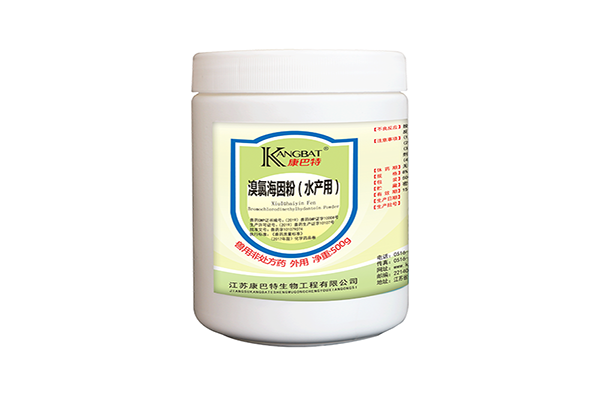The above brings you an introduction to the types and applications of veterinary disinfectants. Today, the editor will continue to bring you relevant content, hoping to help you.

5. Alcohols Alcohols are used to disinfect the skin, equipment and their syringe heads, electronic thermometers, etc., such as 75% ethanol.
6. Surface active agent. This kind of disinfectant is also called decontamination agent or cleaning liquid. It can reduce the interfacial tension of the bacteria, and is beneficial to the oil emulsion to remove oil stains, resulting in a certain cleaning effect. Introduction of veterinary disinfectant. In addition, the surfactant can also absorb on the surface of bacteria, change the permeability of the cytoplasm of the bacteria, and select the enzymes, coenzymes and intermediate metabolites in the bacteria, and block the inhalation and glycolysis of bacteria. During the process, the bacterial protein is transformed, and the bactericidal effect occurs. The common ones are neogermide solution, chlorhexidine, dumiphene and so on.
7. Oxidizers This is a class of compounds containing unstable bound oxygen. When it encounters organic compounds or enzymes, it can release nascent oxygen. The veterinary disinfectant company then destroys the specific genetic genes of the bacteria to give full play to the disinfection effect. Common reducing agent disinfectants are potassium permanganate solution, sodium hypochlorite solution and so on.
8. Halogen Halogen (including chlorine, iodine, etc.) has high-aspect ratio infectivity to bacterial protoplasm and other structural components, easily penetrates into somatic cells, and later binds closely with the hydroxyl group or other genetic genes of the bacterial protoplasmic protein. Dissolve or lose the organic compounds of the bacteria to show the bactericidal effect. Among the halogens, fluorine and chlorine have the strongest sterilization power, followed by bromine and iodine, but fluorine and bromine are generally not required for disinfection. Common such disinfectants include: bleach essence, sodium hypochlorite solution, iodine tincture, thorn seed complex iodine and so on.